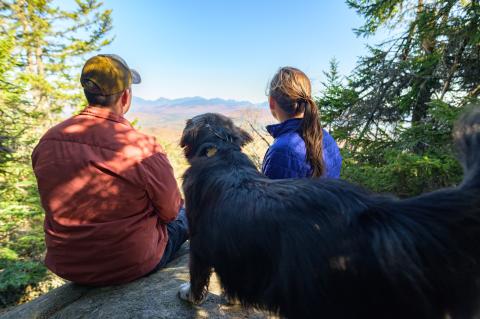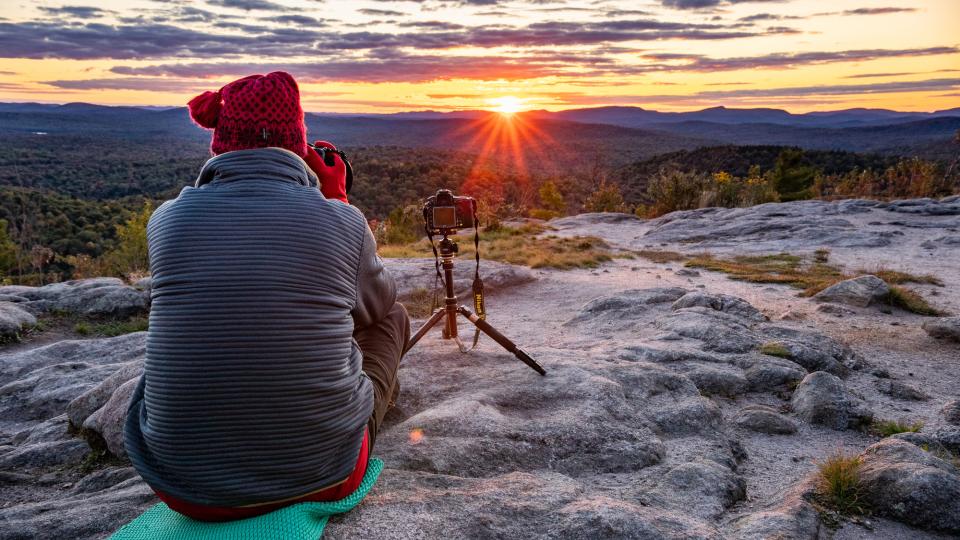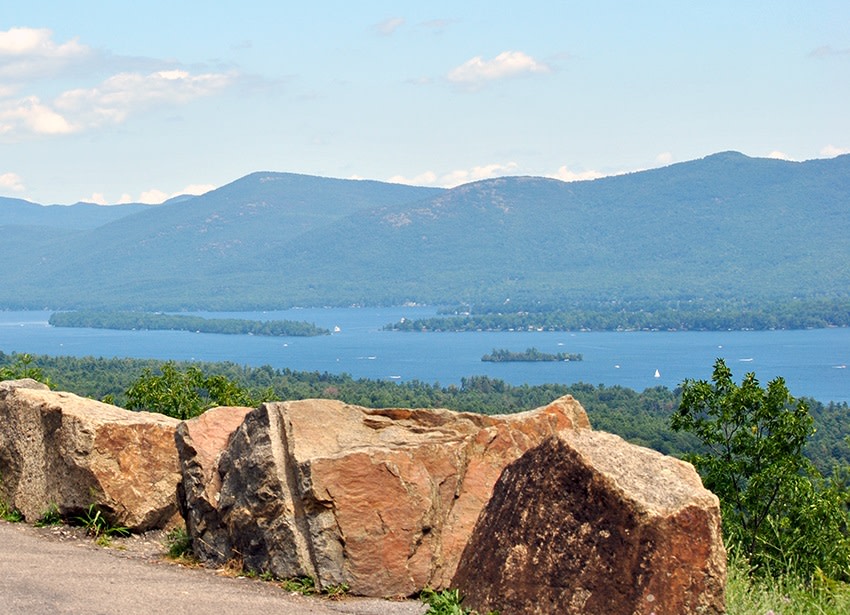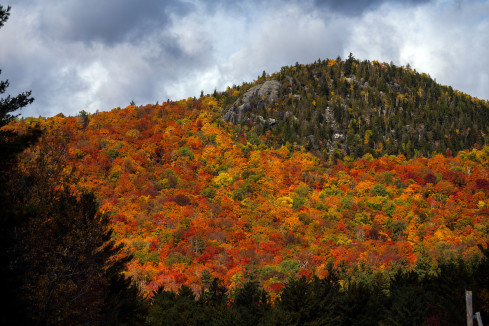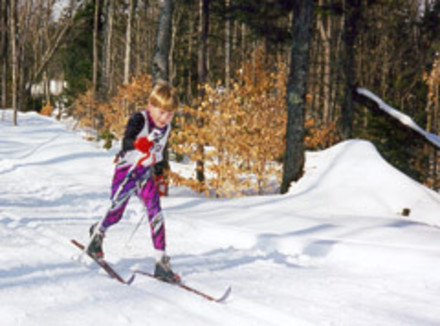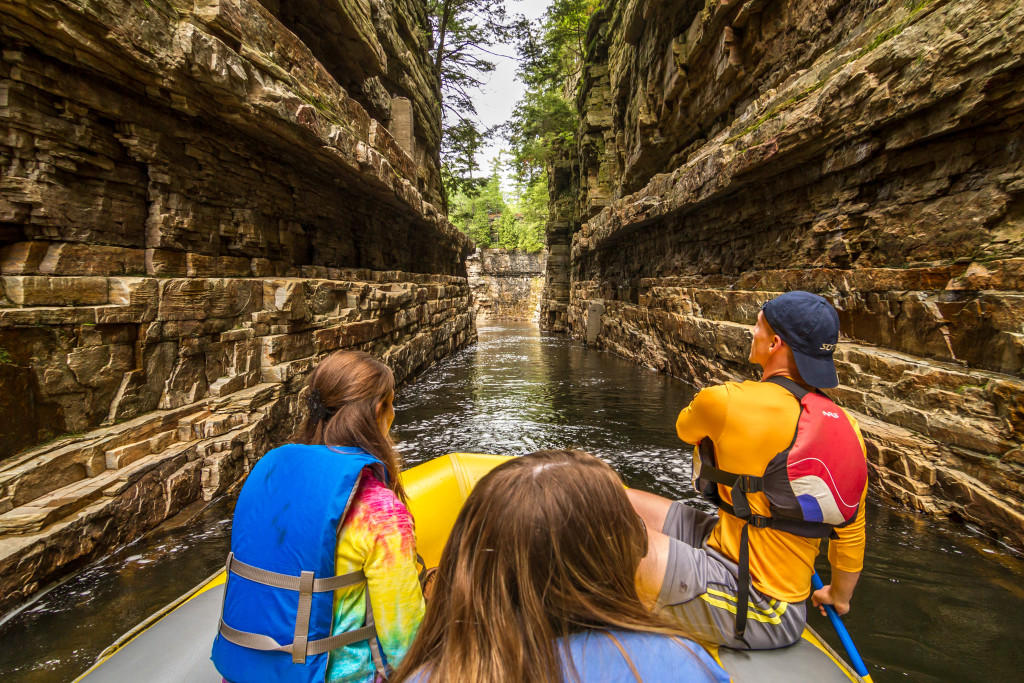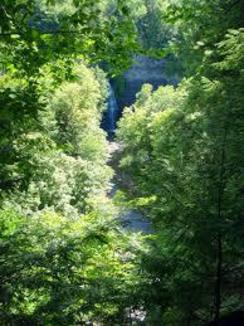Hiking in the Adirondacks means exploring the largest trail system in the country across mountains, forests, and lakes. From easy family hikes and short waterfall walks to scenic day hikes and challenging High Peaks climbs, there’s a trail here for every type of adventurer.
Each season brings something new: wildflowers in spring, cool breezes on summer summits, fiery foliage in fall, and snow-covered paths in winter. Whether you’re after sweeping 360-degree views, historic routes to Great Camps, a quiet stroll around a woodland pond, or the thrill of conquering a rugged backcountry route, the Adirondacks are where unforgettable hiking adventures begin.
There’s no better place to lace up your boots and enjoy the great outdoors.
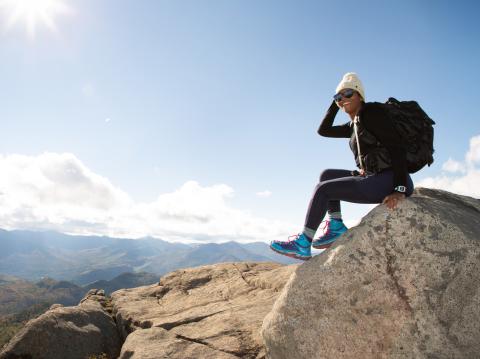
Easy & Family-Friendly
Discover short, rewarding hikes perfect for beginners, families, or anyone looking to stretch their legs in the fresh mountain air.
Moderate Treks
For hikers ready to go a little farther, the Adirondacks are filled with trails that balance effort and reward. Moderate hikes offer adventure without committing a full day on the trail.
Challenging Adventures
The Adirondacks are famous for their rugged terrain and legendary High Peaks. If you’re seeking steep ascents, rocky scrambles, and panoramic views that stretch for miles, these trails deliver. These are hikes that test your endurance. You don’t have to aim to be a ‘46er to fuel your sense of accomplishment. There are a number of Adirondack hiking challenges to consider.

Explore the map and regional guides on our home page to get inspired. Or learn about the many different things to do here on our First-Time Visitors and What to Do pages. It’s the best way to build a trip that balances time on the trail with all the other discoveries waiting in the Adirondacks.
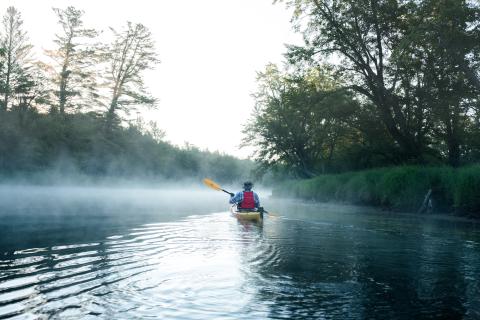
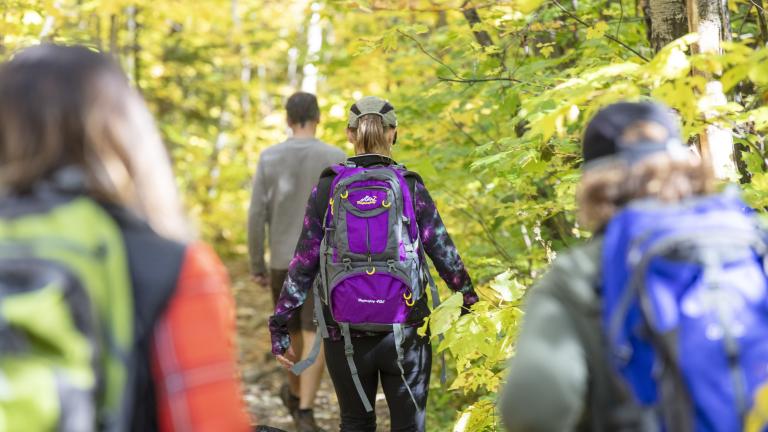
Adirondack Hiking Challenges
Are you up to a challenge? With more than 2,000 miles of scenic trails, there’s a hiking challenge for everyone at any level seeking to test their tenacity on the trails.
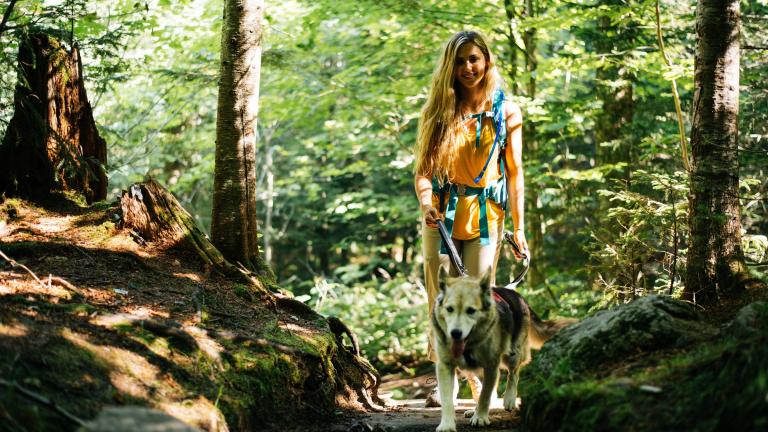
Hiking with Dogs
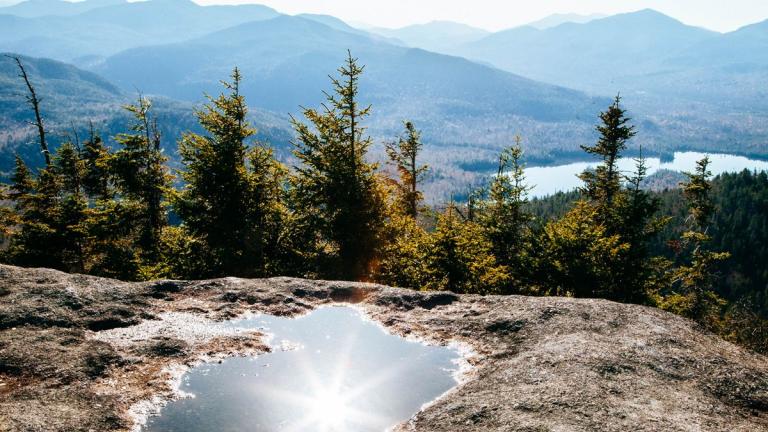
Top Scenic Hikes
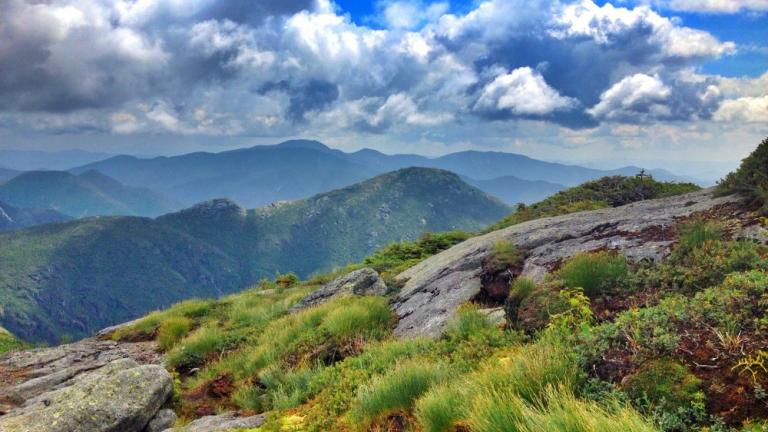
High Peaks Hiking
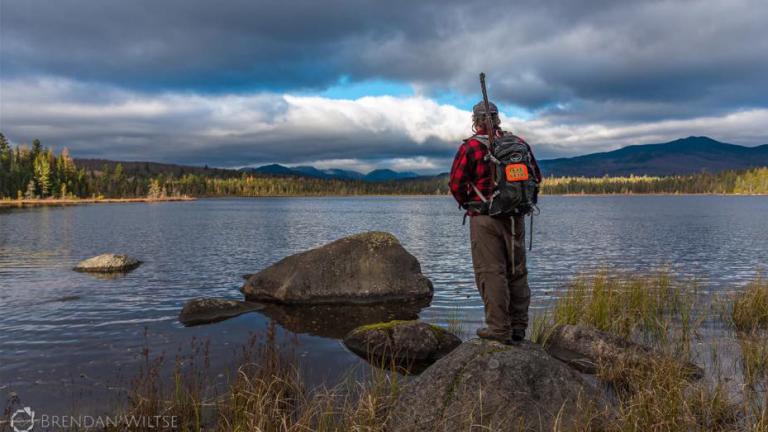
Hiking During Hunting Season

Adirondack Waterfalls
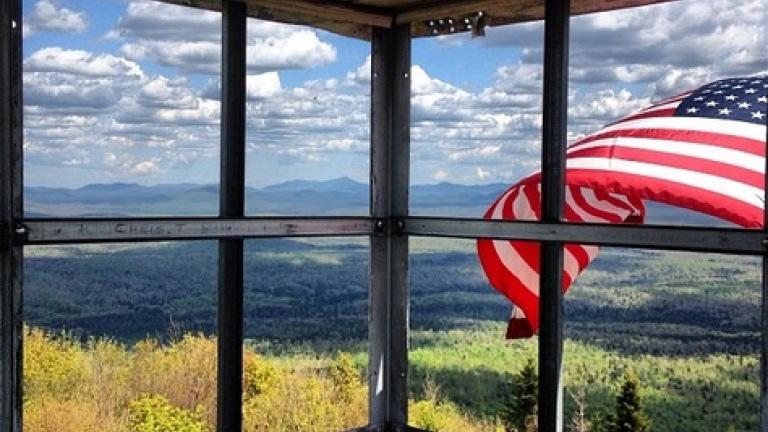
Adirondack Fire Towers
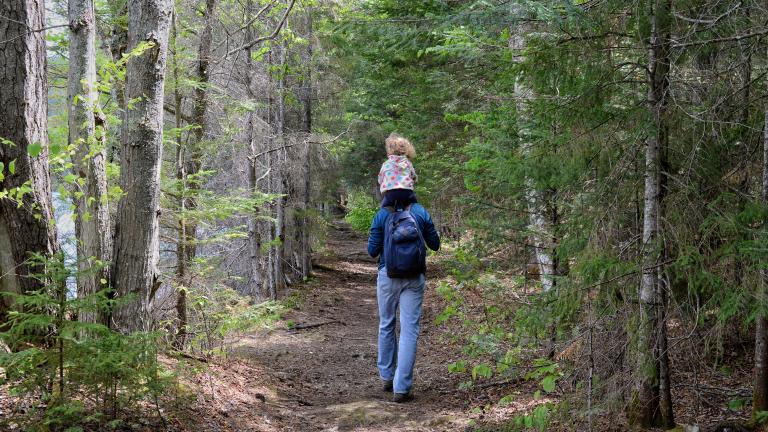
Family Hikes
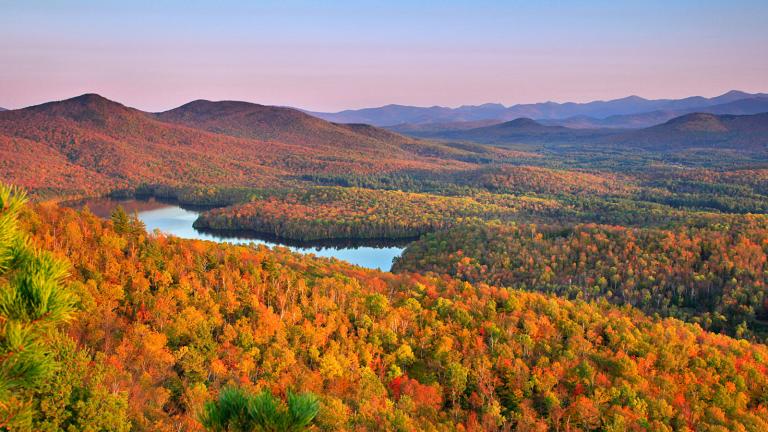
Fall Hiking
Fall hiking in the Adirondacks offers some of the best fall foliage viewing in all of New York State.
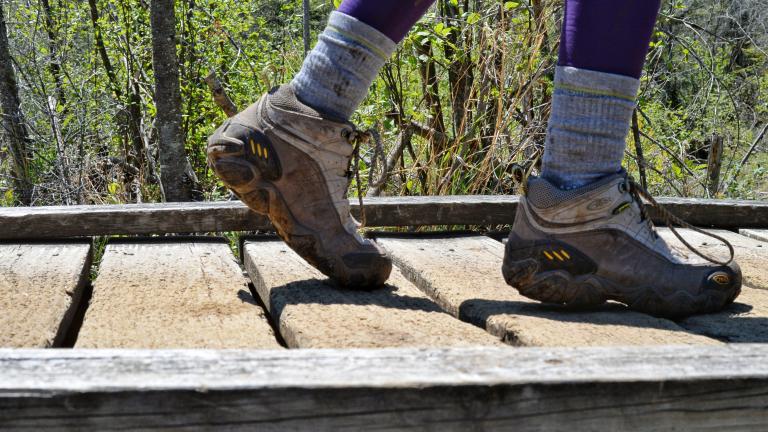
Spring Hiking
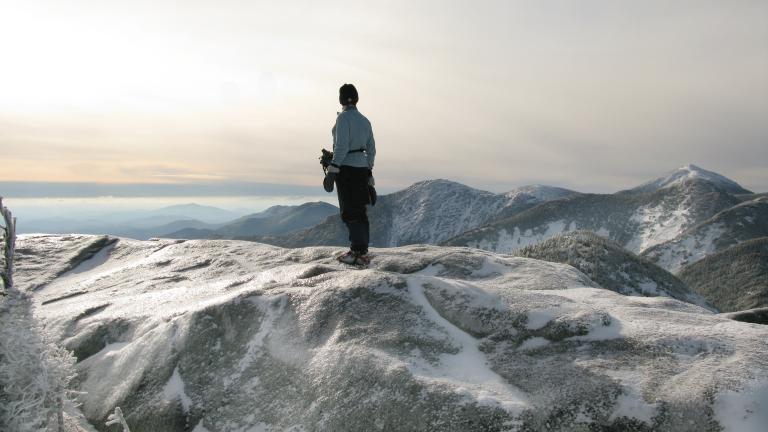
Winter Hiking
Grab your snowshoes, put on some layers, and discover the beauty of Winter hiking in the Adirondacks

Summer Hiking
Summer is a busy hiking season in the Adirondacks. Hit the trails early and enjoy the views!
Essential Items for a Day Hike
Never hit the trail without the essentials, including food, water, maps, and extra layers. These basics can make all the difference if your hike takes longer than planned. See FAQs, below, for a full list of essential items to take on your hike.
#1 Navigation: Map, compass, GPS
You may not want to invest in a GPS, but you should always take a printed map and know how to read it. There are also a number of websites where you can print trail maps and apps with trail maps that enable you to use your phone as a GPS. Just remember to download your digital maps and bring a charger! Cell signals can be nonexistent in the mountains, and you don’t want to lose power.
The Adirondack Mountain Club publishes guides with detailed maps, trail descriptions, hiking tips and directions to trailheads around the park. Source through www.adk.org or visit bookstores and outfitters throughout the region. Our free Adirondack Great Walks & Day Hikes Guide also offer a variety of hiking experiences.
11 More Things to Bring:
- Hiking backpack to carry everything
- Weather-appropriate, moisture-wicking, non-cotton clothing layers
- Hiking boots or shoes (Leave the sandals in the car!)
- Plenty of water—at least 64 ounces for a long day hike and 16 ounces for a short hike
- Plenty of food—uts, jerky, and energy bars are great, but a sandwich and cold beverage can't hurt either
- Light source—headlamp, flashlight and extra batteries
- First-aid kit
- General emergency kit with whistle, duct tape, multi-tool
- Toilet paper, trowel, and hand sanitizer
- Sun and insect protection
- Trekking poles—to take stress off your joints & help with balance
General Safety Tips
Plan ahead: know your route, and check the weather forecast and trail conditions where you are hiking.
Share your plans with a family member or friend.
Double-check that you packed a printed map and sign in at the trailhead.
In an Emergency:
If you get lost or injured; keep calm and stay put.
If you have cell service, call 911 or the DEC Forest Ranger Emergency Dispatch, 833-NYS-RANGERS (1-833-697-7264).
To see a list of forest rangers in the Adirondack Park see the list for Region 5 rangers, and Region 6 rangers.
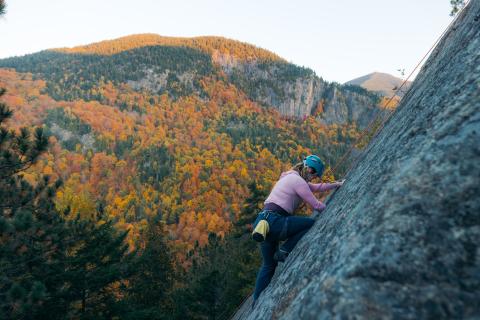
Winter Hiking Safety
Cold-weather hikes are beautiful but require extra precautions. Learn about layering, traction devices, avalanche awareness, and how to avoid hypothermia.
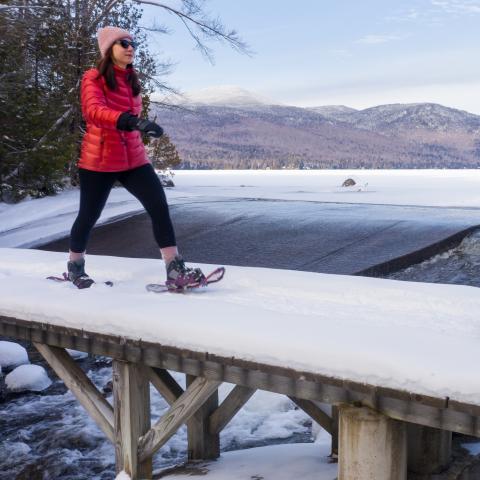
Tips for Hiking with Dogs
Most Adirondack trails welcome dogs — just keep these tips in mind:
Leash up. Always keep your dog on a leash. New sights and scents can tempt even well-trained pups to run off.
Pack water. Bring extra water and a portable bowl, and take frequent breaks to keep everyone hydrated.
- Swim smart. With so many lakes, rivers, and waterfalls, swimming is tempting. Check for hazards like logs, shallow spots, or strong currents, and bring a towel for the ride home.
